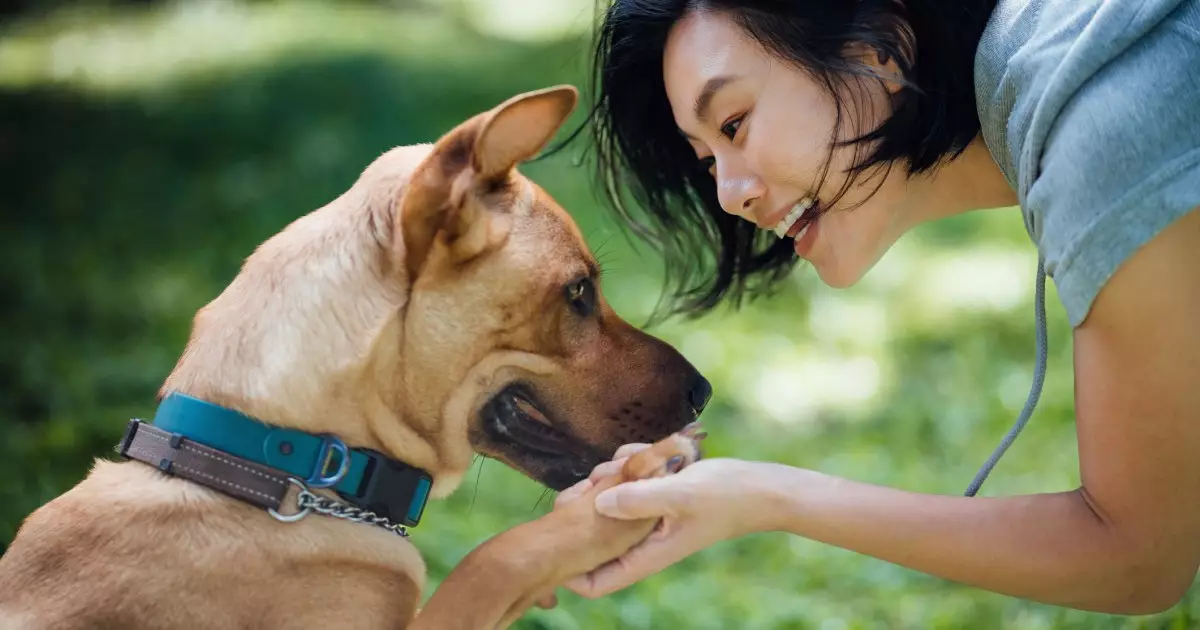Training sessions with dogs often carry the potential to become an enriching experience for both the pet and the owner. However, when our canine companions seem resistant to the learning process, it can indicate that the training environment may not be as engaging or enjoyable as it could be. The foundation of effective dog training rests on the notion that these sessions should feel more like playtime rather than a chore. When we infuse a sense of fun into the process, it enhances the learning experience and strengthens the bond between dog and owner.
The emotional tone during training significantly impacts how dogs perceive the experience. If a dog senses stress or negativity from their owner, they may associate training with feelings of unease, leading to avoidance behaviors such as running off to engage in self-play. To circumvent this, maintain a cheerful demeanor. Engage your pup with enthusiasm, and celebrate small victories during training. This creates a sense of achievement for your dog and turns training into a rewarding adventure.
Another vital aspect of making training fun revolves around the types of rewards used. If the treats are uninteresting, such as dry dog biscuits, it is unlikely that your dog will show eagerness to participate. Instead, consider making use of high-value rewards like tender meat pieces or enticing snacks that excite your dog. Implementing food treats can quickly accelerate the training process, but it’s important to transition away from them gradually. Once your dog has mastered a command, you can shift towards other forms of reinforcement such as outdoor play, cherished toys, or affectionate praise, thereby ensuring continual motivation without over-reliance on treats.
Dogs are naturally curious creatures. If the training environment is filled with distractions, various sights, or sounds, your dog may find it hard to focus on the task at hand. If your training is occurring in a noisy area or outside where there are birds to chase, this might detract from effective learning. Start practicing in a calm, controlled environment, such as indoors, where distractions are minimal. If your dog still drifts away despite the quieter setting, try using a leash to keep them in the training zone while keeping an eye on their enjoyment level throughout the process.
Ultimately, training sessions should not be viewed as mere obligations but rather as enjoyable excursions that foster better behavior and ensure lasting happiness for both owner and pet. By prioritizing a fun atmosphere, utilizing high-value rewards, and managing distractions effectively, you can transform dog training into an adventure that your furry friend looks forward to. The reward of a successful training journey is not solely the skills learned but the deepened relationship you share with your canine companion. So gather those enticing treats and favorite toys, and embrace the joyous side of learning with your dog!

